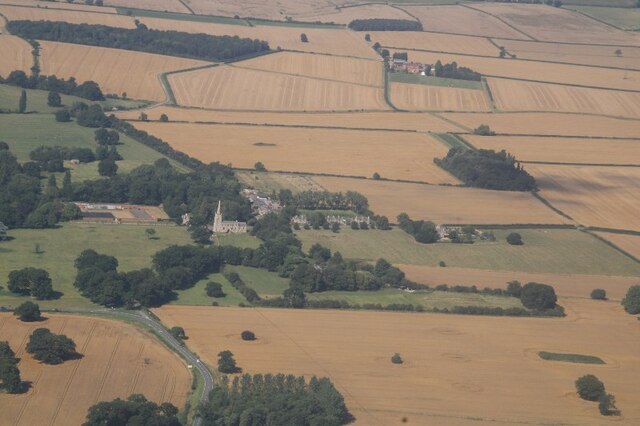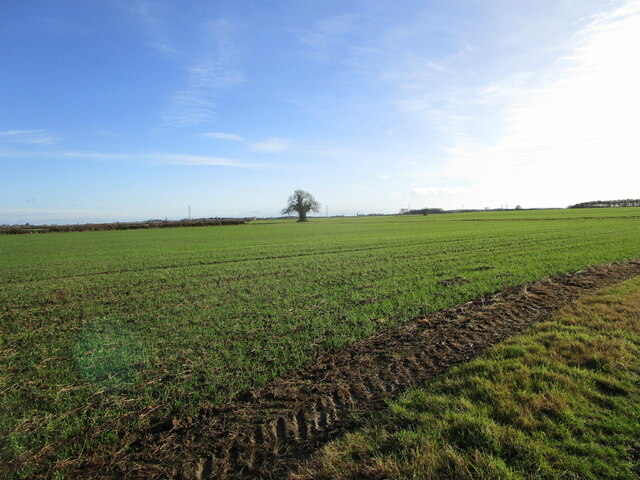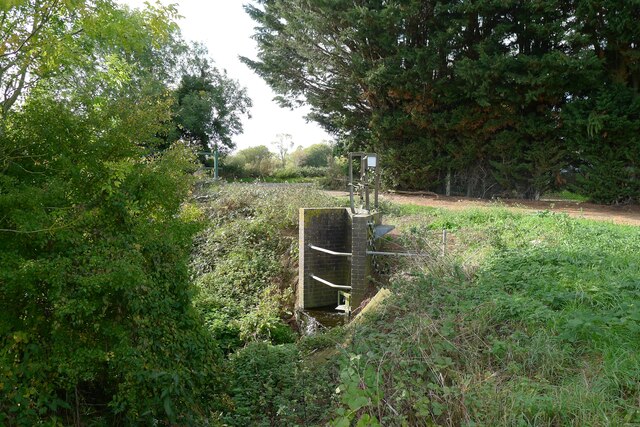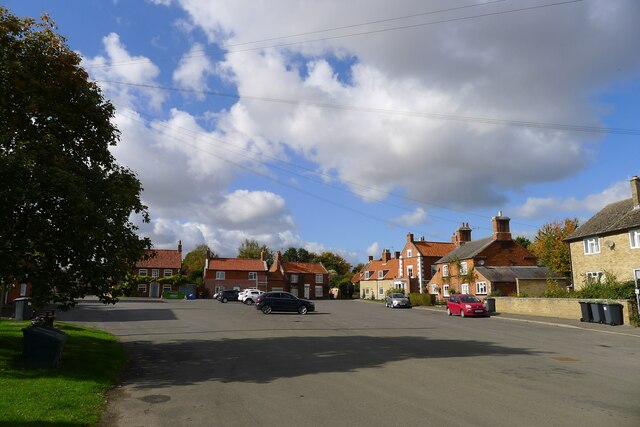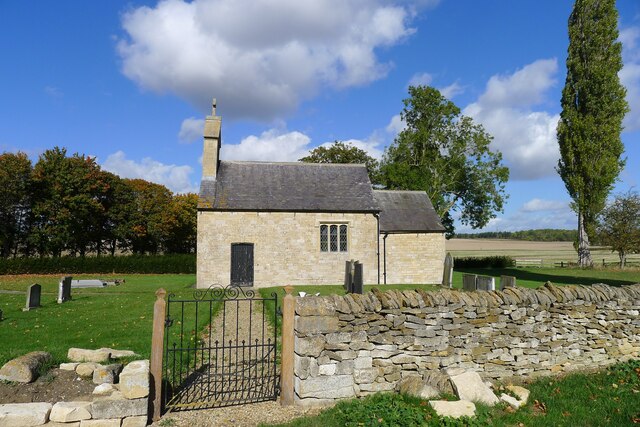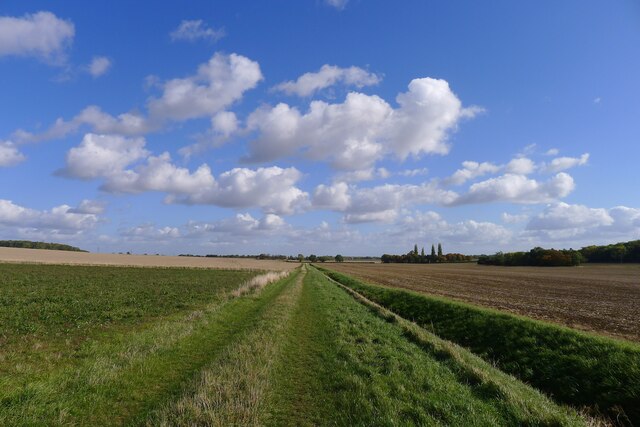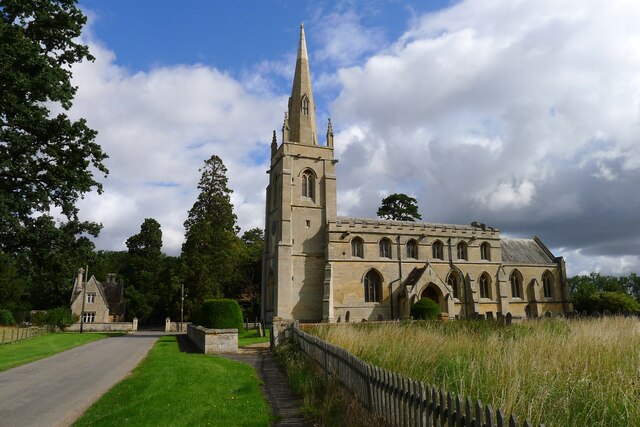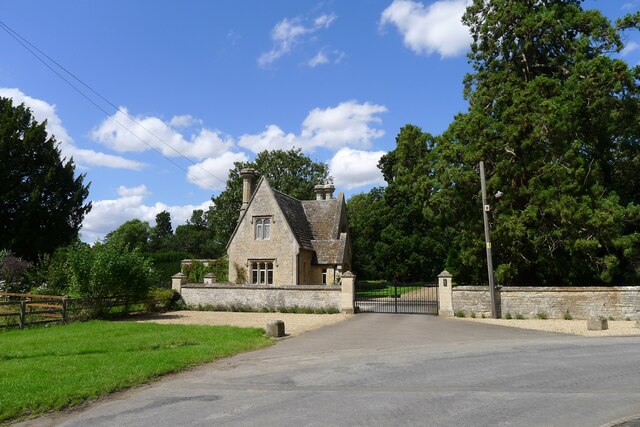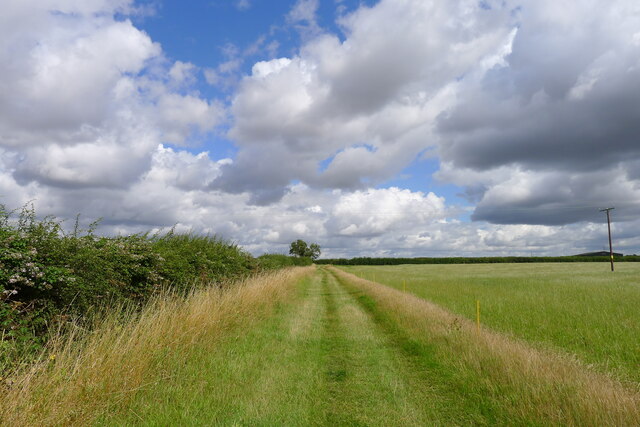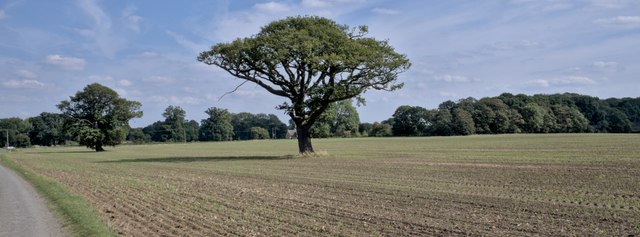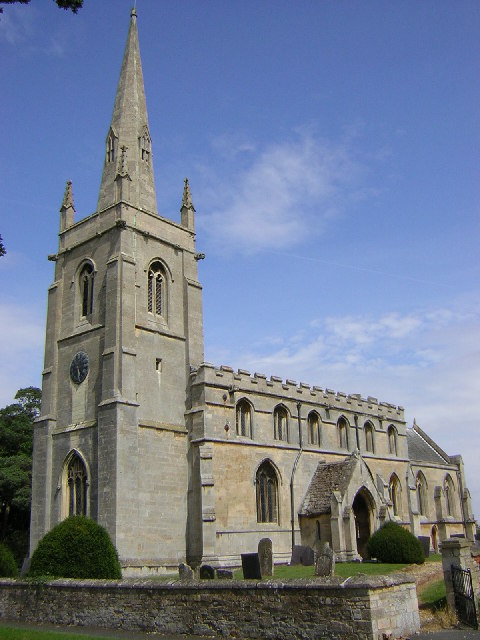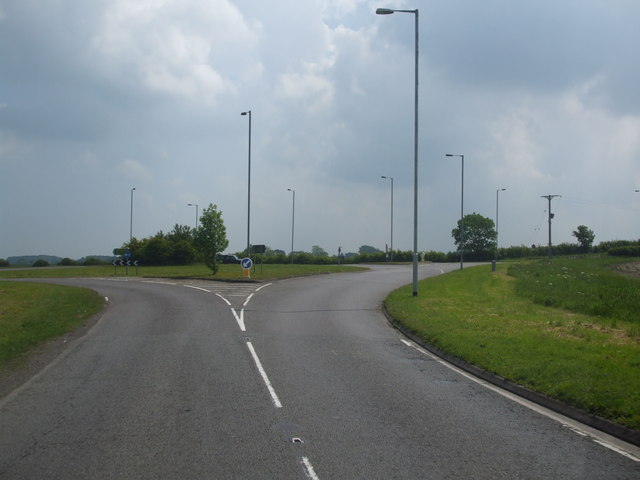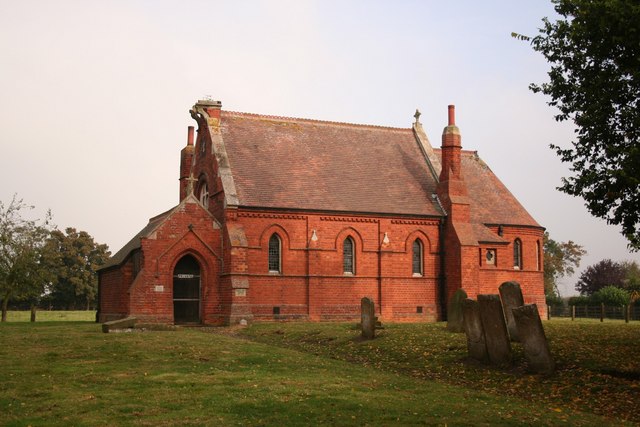Middle Plantation
Wood, Forest in Lincolnshire North Kesteven
England
Middle Plantation
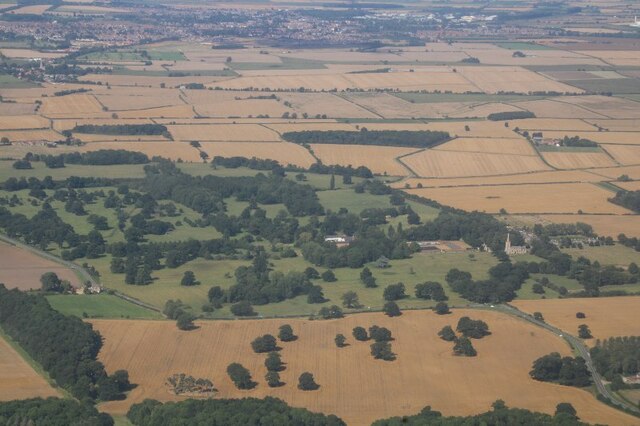
Middle Plantation is a small village located in the county of Lincolnshire, England. Situated within an area known for its picturesque woodlands and forests, the village is nestled in a tranquil and idyllic setting.
With a population of around 300 residents, Middle Plantation exudes a sense of close-knit community and peacefulness. The village boasts a rich history dating back several centuries, and evidence of this can be seen in the charming architecture of its buildings. Many of the houses in Middle Plantation feature traditional timber frames, adding to the village's rustic charm.
Surrounded by expansive woodlands, Middle Plantation offers residents and visitors alike the opportunity to immerse themselves in nature. The nearby forests provide an abundance of walking trails, allowing outdoor enthusiasts to explore the stunning natural beauty of the area. The woodlands are also home to a diverse range of flora and fauna, making it a haven for nature lovers and wildlife enthusiasts.
Despite its small size, Middle Plantation is well-connected to neighboring towns and cities. The village benefits from good transport links, with a regular bus service connecting it to the larger towns in Lincolnshire. This accessibility allows residents to enjoy the tranquility of village life while still having easy access to the amenities and services provided by nearby urban centers.
In conclusion, Middle Plantation is a charming and peaceful village nestled in the woodlands of Lincolnshire. With its rich history, picturesque surroundings, and strong sense of community, it offers residents and visitors a unique and idyllic living experience.
If you have any feedback on the listing, please let us know in the comments section below.
Middle Plantation Images
Images are sourced within 2km of 52.937361/-0.42060216 or Grid Reference TF0638. Thanks to Geograph Open Source API. All images are credited.
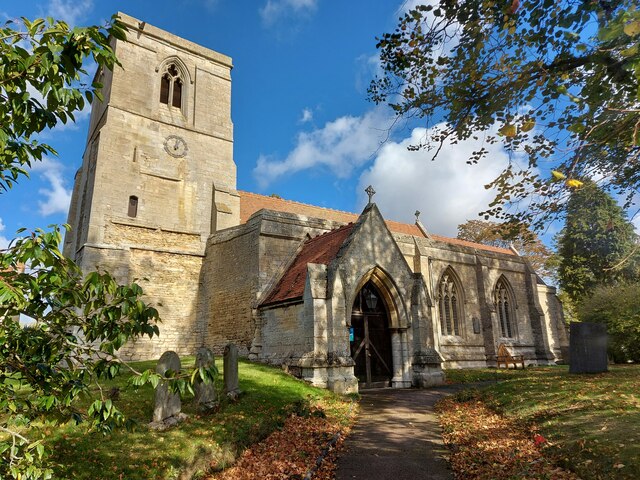
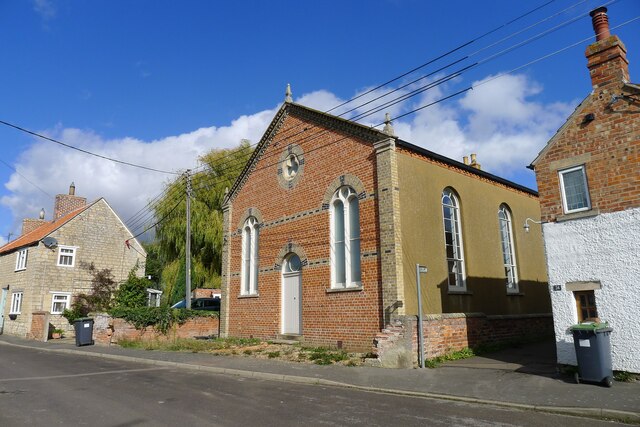
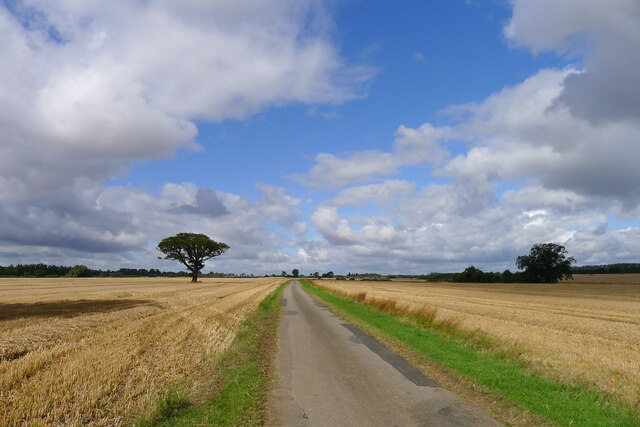
Middle Plantation is located at Grid Ref: TF0638 (Lat: 52.937361, Lng: -0.42060216)
Administrative County: Lincolnshire
District: North Kesteven
Police Authority: Lincolnshire
What 3 Words
///trickled.influencing.scuba. Near Sleaford, Lincolnshire
Nearby Locations
Related Wikis
Aswarby
Aswarby () is a village in the civil parish of Aswarby and Swarby, in the North Kesteven district of Lincolnshire, England. It is 3.5 miles (5.6 km) south...
Osbournby
Osbournby (locally pronounced Ozzenby or Ossenby) is a small village and civil parish in the North Kesteven district of Lincolnshire, England. The population...
Aswarby and Swarby
Aswarby and Swarby is a civil parish in the North Kesteven district of Lincolnshire, England. Aswarby (pronounced locally as "as-r-bee") is the ecclesiastical...
Threekingham Bar
Threekingham Bar is the name given to interception of the A52 (Grantham to Boston) and A15 (Peterborough to Lincoln and Hull) roads, 1 mile (1.6 km) to...
Swarby
Swarby is a village and former civil parish in the North Kesteven district of Lincolnshire, England, approximately 3 miles (5 km) south-southwest of Sleaford...
Spanby
Spanby is a village and former civil parish in the North Kesteven district of Lincolnshire, England, about 5 miles (8 km) south from the town of Sleaford...
Newton, Lincolnshire
Newton is a hamlet in the North Kesteven district of Lincolnshire, England. The hamlet is situated approximately 8 miles (13 km) east from the town of...
Aswarby and Scredington railway station
Aswarby and Scredington railway station was a station close to Scredington, Lincolnshire on the Great Northern Railway Bourne and Sleaford railway. It...
Nearby Amenities
Located within 500m of 52.937361,-0.42060216Have you been to Middle Plantation?
Leave your review of Middle Plantation below (or comments, questions and feedback).
